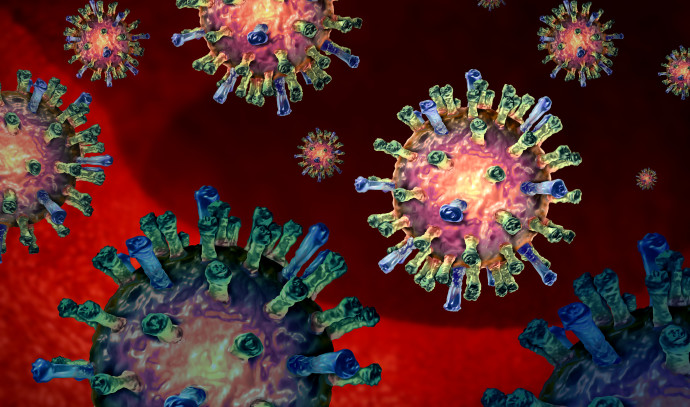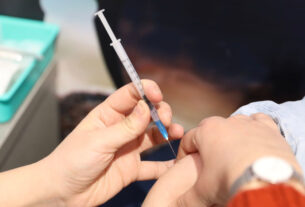Much like the Coronavirus did during the pandemic, the monkeypox (mpox) virus has begun to evolve into new deadlier strains, according to a new study released on November 2.
The peer-reviewed study, published in the American Association for the Advancement of Science, records how the mpox virus is diverging into new lineages from continued interactions with the human immune system.
“These observations of sustained MPXV transmission present a fundamental shift to the perceived paradigm of MPXV epidemiology as a zoonosis and highlight the need for revising public health messaging around MPXV as well as outbreak management and control,” the authors explained.
In one of the many shocking discoveries of the study, it appears the most dominant version of the mpox virus actually predates the coronavirus pandemic, having begun circulating in humans since 2016. However, mpox has been circulating in humans since the 1970s.
While the virus has been around for some time, it was not until 2022 that the virus was discovered outside of countries with endemic reservoirs. This was the first indication that the virus could be spread between people, and not just from rodent to person. The study found that it was likely the prolonged period of interaction with the human immune system that allowed for this evolutionary trait to develop.
It is thought that the mpox virus is transmitted through contact with rodents, with cases often being seen in infants and young children.
Signs and symptoms of monkeypox
The World Health Organization reports that symptoms of monkeypox can include:
- rash
- fever
- sore throat
- headache
- muscle aches
- back pain
- low energy
- swollen lymph nodes
- skin lesions of the palms of hands and soles of feet, face, mouth and throat, groin and genital areas and anus.




